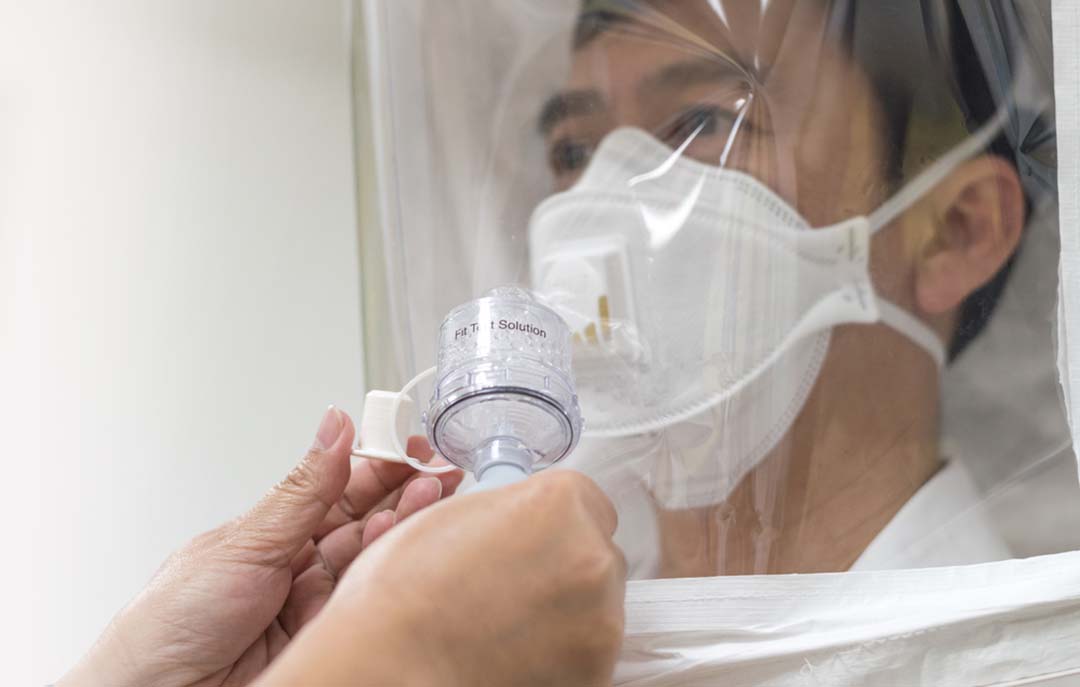Workplaces where employees are regularly exposed to hazardous materials will require their workers to use a facial respirator, which provides protection and filtration. This includes exposure to harmful dust, fumes, gases, and other dangerous substances. Respirators allow employees to breathe safely, by filtering out any potentially harmful materials. These masks also protect from infectious particles, like COVID-19.
What is Respirator Fit Testing?
Respirator fit testing is a process that ensures the proper fit of a respirator mask. These tests must be performed each year and whenever a respirator of a different size, style, model or make is used. Respirator fit testing is also needed if someone’s face changes significantly, such as if their weight has fluctuated, or if they’ve had extensive dental work.
Why is Mask Fit Testing Important?
Many industries require the use of respirators to prevent exposure to potentially harmful substances. This is true of hospitals and construction sites. In the healthcare industry, the potentially harmful substances are pathogens, like we’ve all recently experienced with COVID-19. Respirators protect against harmful bacteria and viruses, which is essential for the safety of healthcare workers.
On construction sites and in other industries, workers are exposed to dust, fumes from chemicals, and gases. Part of the many safety measures taken by these industries is the use of respirators to allow employees to breathe safely. Breathing in these substances, especially over the long term can lead to cancer, lung impairment, other diseases, or even death.
Types of Respirator Fit Testing
-
Qualitative fit testing
The qualitative fit test can be used on negative pressure air-purifying respirators—if they are only employed in atmospheres where the dangerous material is at less than 10 times the permissible exposure limit (PEL). It’s also used for facepieces that are tight-fitting and used with a powered, atmosphere-creating respirator. These tests are pass-fail. To perform this test, chemicals with strong odors are released and the respirator wearer performs about 7 minutes of breathing and movement. If they don’t smell anything during the test, their respirator passes.
-
Quantitative fit testing
Quantitative fit test (QNFT) is usable on any tight-fitting respirator. This method uses equipment to measure for any leakage occurring around the respirator. A numerical value of the amount of leakage called a “fit factor”, is the result of this kind of test. Half mask respirators need to score at least 100. Full facepiece negative-pressure respirators need at least 500.
Who Can Perform Respirator Fit Testing?
A fit test administrator doesn’t need a specific certification, but training on how to conduct the fit test is required. The test administrator must be able to prepare the test solutions, calibrate the equipment properly and perform the tests completely, recognize invalid tests and make sure that test equipment is in good working order. Make things simple and safe and have your respirator fit tests performed by BioFunctional Health Solutions. We are your number one resource for COVID-19 workplace safety. Contact us today to get started.
